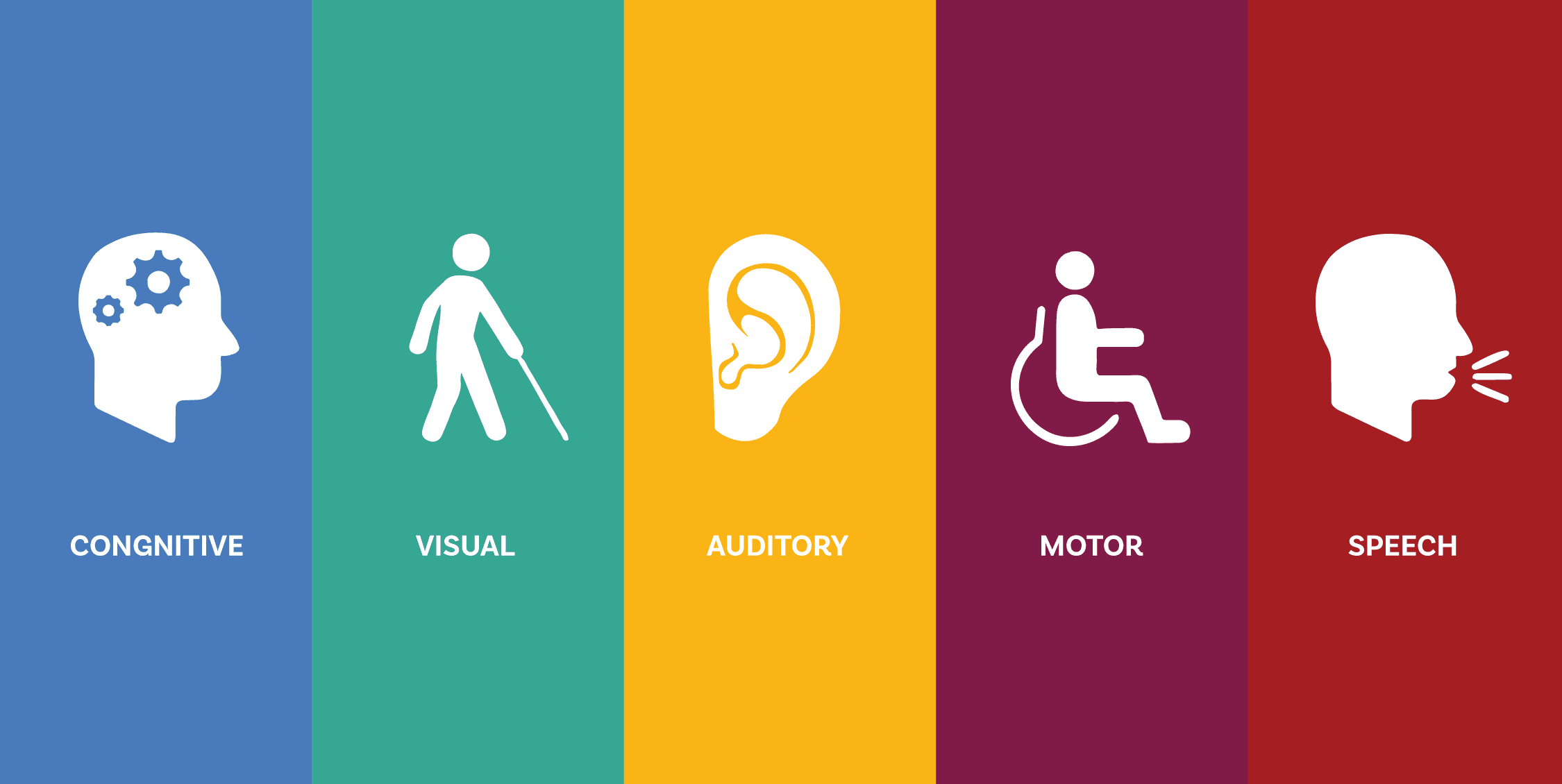Nanaimo Ladysmith Public Schools (NLPS) is committed to providing a learning and working environment that supports all students and staff and provides equitable opportunities to support our diverse community. A key element to supporting our community is the development of a Three-Year Accessibility Plan. This plan identifies system needs, priorities, and action plans, and draws on feedback from our school community and the work of the Accessibility Committee to enhance equity of access to programming and our facilities.
Three-Year Accessibility Plan

Effective September 1, 2022, over 750 public sector organizations were required to establish an accessibility committee, an accessibility plan and build a tool to receive feedback on their accessibility. The Accessible British Columbia Act received royal assent on June 17, 2021.
View the Three-Year Accessibility Plan here.
Accessibility Committee Updates
Types of Disability and Functional Limitations
Reporting Mechanism
We are committed to working collaboratively with the community to provide equitable treatment to people with disabilities in a way that respects their dignity.
We encourage our staff, families, community members and people with disabilities to provide feedback as disability and accessibility are evolving concepts that change as services, technology, and attitudes change.
Share your comments, images, videos, etc.
Modal Title
References and Resources
Global, Canadian and Local Accessibility Context and Legislation
- United Nations Convention on the Rights of Persons with Disabilities
- Canada Ratifies UN Convention on the Rights of Persons with Disabilities
- Canadian Charter of Rights and Freedoms
- British Columbia Framework for Accessibility Legislation
- Accessible British Columbia Act
- BC Accessibility Legislation Plan Language Summary
Accessibility Planning Resources for Schools and School Boards
- BC Accessibility Hub
- Special Education Technology BC (SET BC)
- Accessible Resource Centre – BC
- Universal Design
- Standards Council of Canada
- B6521-95 Barrier-Free Design
- A Guide to Creating Accessible Play Spaces (Rick Hansen Foundation)
- Canadian National Institute for the Blind (CNIB)
- Canadian Hard of Hearing Association
- Canadian Hearing Services
- Auditory Outreach Provincial Resource Program
- Provincial Inclusion Outreach Program (Complex Needs)
- Multiple Sclerosis Society of Canada
- Learning Disabilities Association of Canada
- Brain Injury Canada
- Spinal Cord Injury Canada
- Tourette Canada
- Kelty Mental Health (BC Children’s Hospital)
- Gifted Children’s Association of BC
All Kids Go to School
Kindergarten students
The district has an Inclusive Education Team available to support students with additional needs. This team is the group of specialists who collaborate with classroom teachers and families to establish and monitor the interventions, goals and strategies being put in place to help your child be safe and successful at school.






